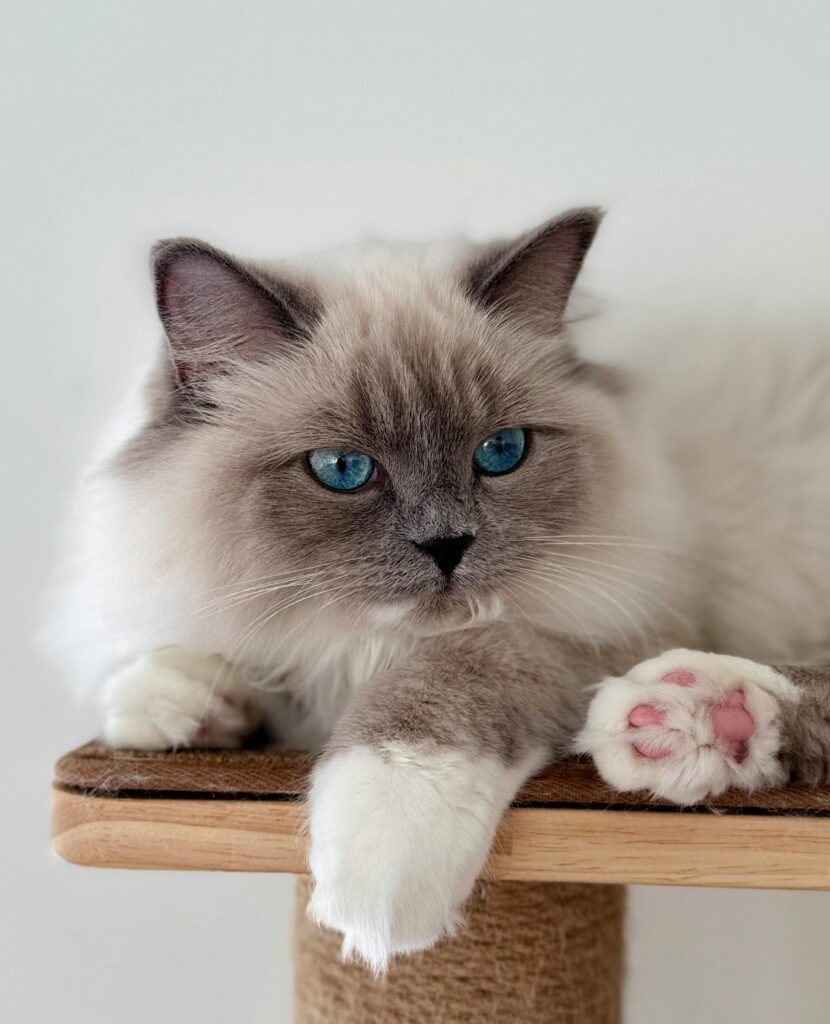
Ragdoll Cat Breed Standard Explained
The Ragdoll is a large, semi-longhaired cat with a calm temperament and a striking pointed coat. This breed standard outlines the key traits that define the Ragdoll, from head to tail, and what makes them unique among pedigree cats.
Head
The Ragdoll’s head is a broad modified wedge with slightly rounded contours. When viewed from the front, there is the appearance of a flat plane between the ears.
- Ears: Medium in size, broad at the base, with rounded tips. They are set as much to the side of the head as on top, with a slight forward tilt.
- Eyes: Large and oval, moderately wide apart. Traditional Ragdolls must have blue eyes, while Cherubim variations (mink, sepia, traditional) may have aqua, green, gold, or copper depending on color. Depth of color is always preferred.
- Profile: Straight nose leading to a concave curve at the brow, with a convex forehead.
- Muzzle and Chin: Rounded muzzle, medium length. Chin well-developed and aligned with the upper lip and nose.
Body
The body of a Ragdoll is medium-long to long and substantial.
- Torso: Broad chest with a characteristic fatty pad on the lower abdomen (acceptable in this breed).
- Musculature: Strong, firm, and muscular with good weight.
- Legs and Feet: Heavily boned, with hind legs slightly longer than the front. Feet are large and round, often with desirable tufts of fur.
- Tail: Long, in proportion to the body, thicker at the base with a slight taper.
Coat
- Length: Semi-long, with seasonal variation and shorter coats on unaltered adults.
- Texture: Silky and soft with minimal undercoat. It should fall smoothly and never be woolly or cottony.
Colors and Patterns
Ragdolls are most commonly recognized as pointed cats, though variations exist.
- Pointed (RD): Darker color on ears, mask, legs, feet, and tail, with lighter body shading. Strong contrast between points and body color is essential.
- Mink (CB): Medium shade body showing contrast to the points, with allowance for darker color in adults.
- Sepia (CB): Body and points are closer in tone, with lighter contrast.
- Traditional (CB): Solid body color without points (except solid white).
White Marked Patterns
- Mitted: White chin, evenly matched front mittens, white back boots up to the hocks, and a white belly stripe.
- Bicolor: Inverted white “V” on the face, white chin, chest, and underbody, with legs ideally all white.
Ragdoll Cat Breed Standard General Description
The Ragdoll is a well-balanced cat of moderate type, with no single feature overpowering another. They are slow to mature, often taking up to four years to reach full size, and up to three years to achieve full coat color. Females are typically smaller than males.
Allowances
- Seasonal coat changes.
- Slight point color in white areas on mitted or bicolor cats.
- Females may be smaller than males.
Faults and Disqualifications
- Penalize: Very small ears, incorrect eye shape, Roman nose, cobby body, short legs or tail, or woolly/cottony coat.
- Withhold Awards: Incorrect eye colors for the given variety, pointed cats with white, mitted cats without a white chin, bicolor cats with dark inside the “V.”
- Disqualify: Crossed eyes, tail faults, severe cow hocks, aggression or challenging temperament, and structural defects such as extra toes or missing tail (unless injury-related).
For more details on breed standards and registration:
Temperament
Perhaps most importantly, the Ragdoll must have an unchallenging temperament. While they may show fear or complain when stressed, they should never threaten or display aggression. Their gentle, affectionate personality is as much a part of the breed as their coat or eye color.
History of the Ragdoll Cat Breed Standard
The Ragdoll cat may look like an ancient breed, but its story actually begins quite recently — in the 1960s in Riverside, California. A breeder named Ann Baker is credited with developing the Ragdoll by carefully selecting cats with the appearance and temperament she desired.
The Origins
The foundation cat was a white longhaired female named Josephine. Josephine was described as having a gentle nature and remarkable tolerance for handling. After recovering from a car accident, Josephine’s kittens were noted for their unusually calm personalities and tendency to relax completely when held — much like a floppy ragdoll toy. Ann Baker took this trait as the hallmark of the breed she would go on to create.
Josephine’s offspring, combined with other cats of unknown lineage, became the foundation for what is now recognized as the Ragdoll breed. Baker worked to fix the striking pointed pattern, the vivid blue eyes, and the signature calm temperament.
Early Development and Promotion
Ann Baker was highly protective of the Ragdoll name and image. She established her own registry, called the International Ragdoll Cat Association (IRCA), rather than working through existing cat associations at first. She even trademarked the Ragdoll name and created strict franchise-like agreements for breeders.
This unusual level of control slowed the early spread of the breed. However, some breeders eventually broke away from Baker’s tight restrictions and began working to gain recognition through major cat organizations. Their efforts helped establish the Ragdoll in the wider cat fancy.
Recognition by Associations
By the 1970s and 1980s, breeders in the United States and the United Kingdom were working together to refine and promote the Ragdoll. The Cat Fanciers’ Association (CFA), one of the largest cat registries in the world, accepted the Ragdoll for full championship status in 2000. The International Cat Association (TICA) also recognizes the breed and maintains its own detailed standards.
Today, the Ragdoll is among the most popular pedigree cats worldwide, consistently ranking near the top in registration numbers.
The Ragdoll Personality Legacy
The history of the breed is inseparable from its temperament. Ann Baker selected for cats that were large, calm, and affectionate, with a tendency to go limp when held. While not every Ragdoll today will completely flop in your arms, the breed remains famous for its gentle, people-oriented nature.
A Modern Luxury Cat Breed
Because of their striking looks, sweet personalities, and relatively easy-care coats, Ragdolls are often considered a “luxury cat.” They appeal to families, singles, and even first-time cat owners who want a companion that is social without being overly demanding. Their popularity has expanded globally, with breeders in the U.S., U.K., Europe, and beyond continuing to preserve and refine the breed.
In just a few decades, the Ragdoll has gone from a little-known California experiment to one of the most recognized and beloved cat breeds worldwide — proof that careful selection and a vision for temperament can create something truly special.
Learn More
Check out these other popular posts:
- When Do Ragdoll Cats Stop Growing?
- Ragdoll Cats: The Complete Guide
- Ragdoll Colors And Patterns
- How Much is a Ragdoll Cat?
Each one answers another common question people have if they are wondering if the Ragdoll is the right cat for them.
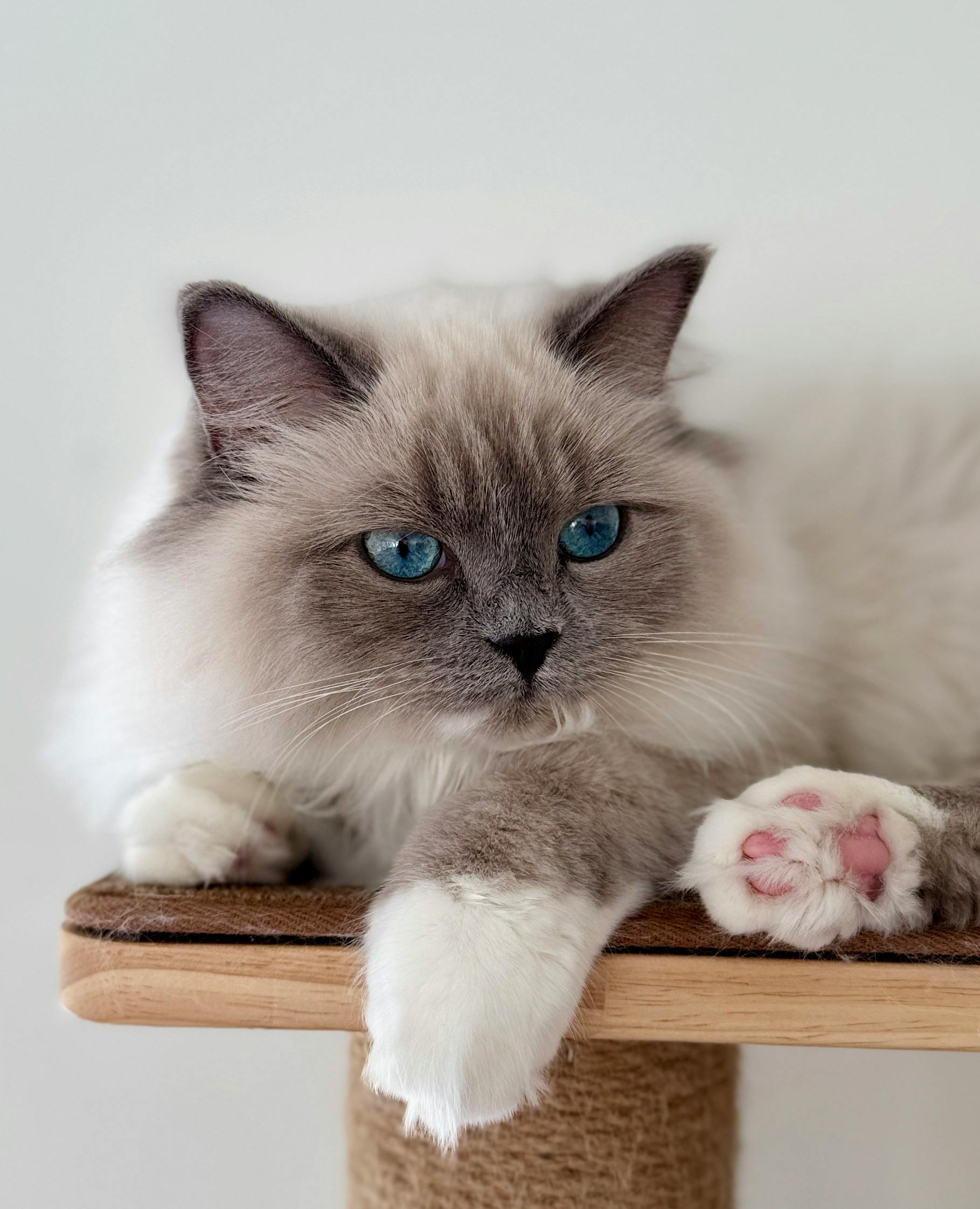
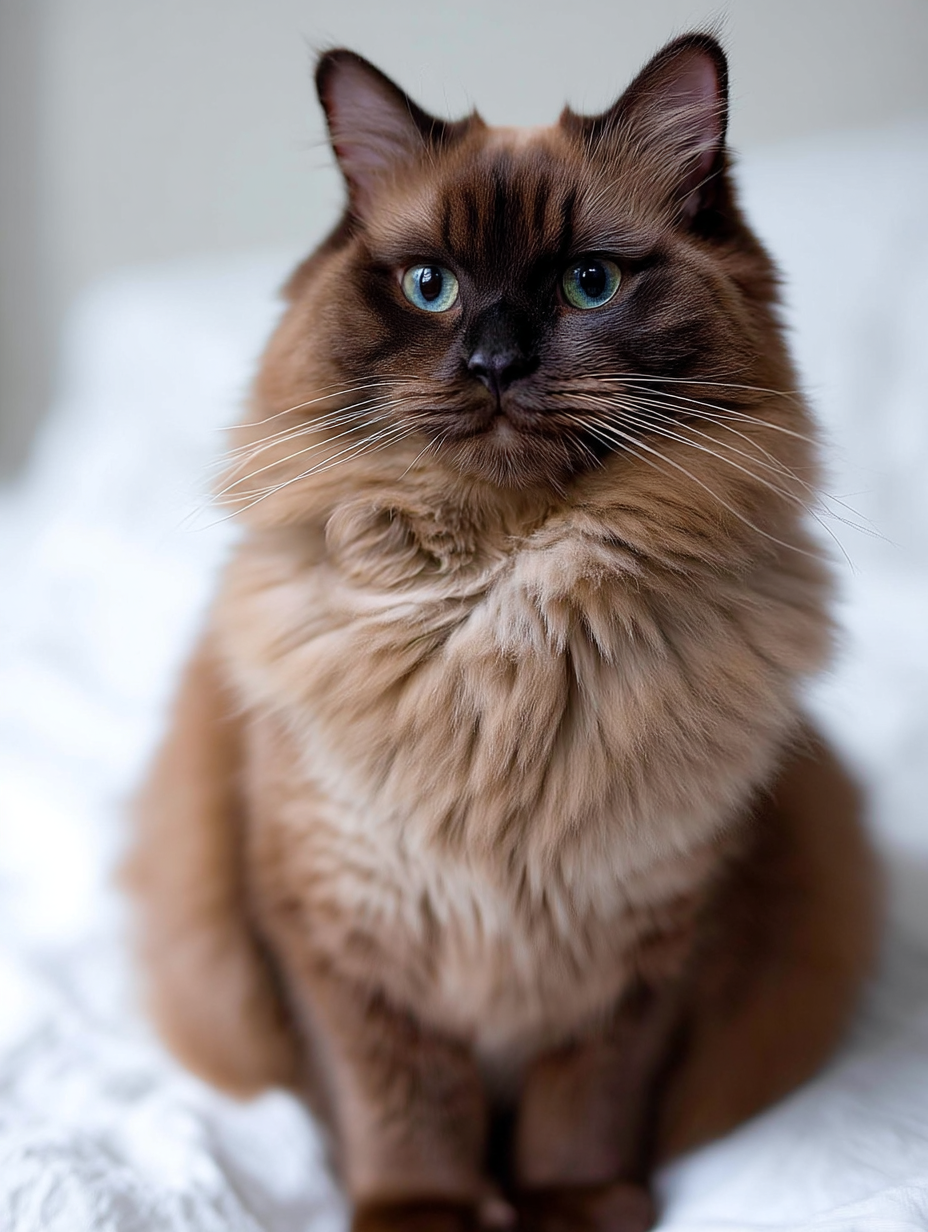
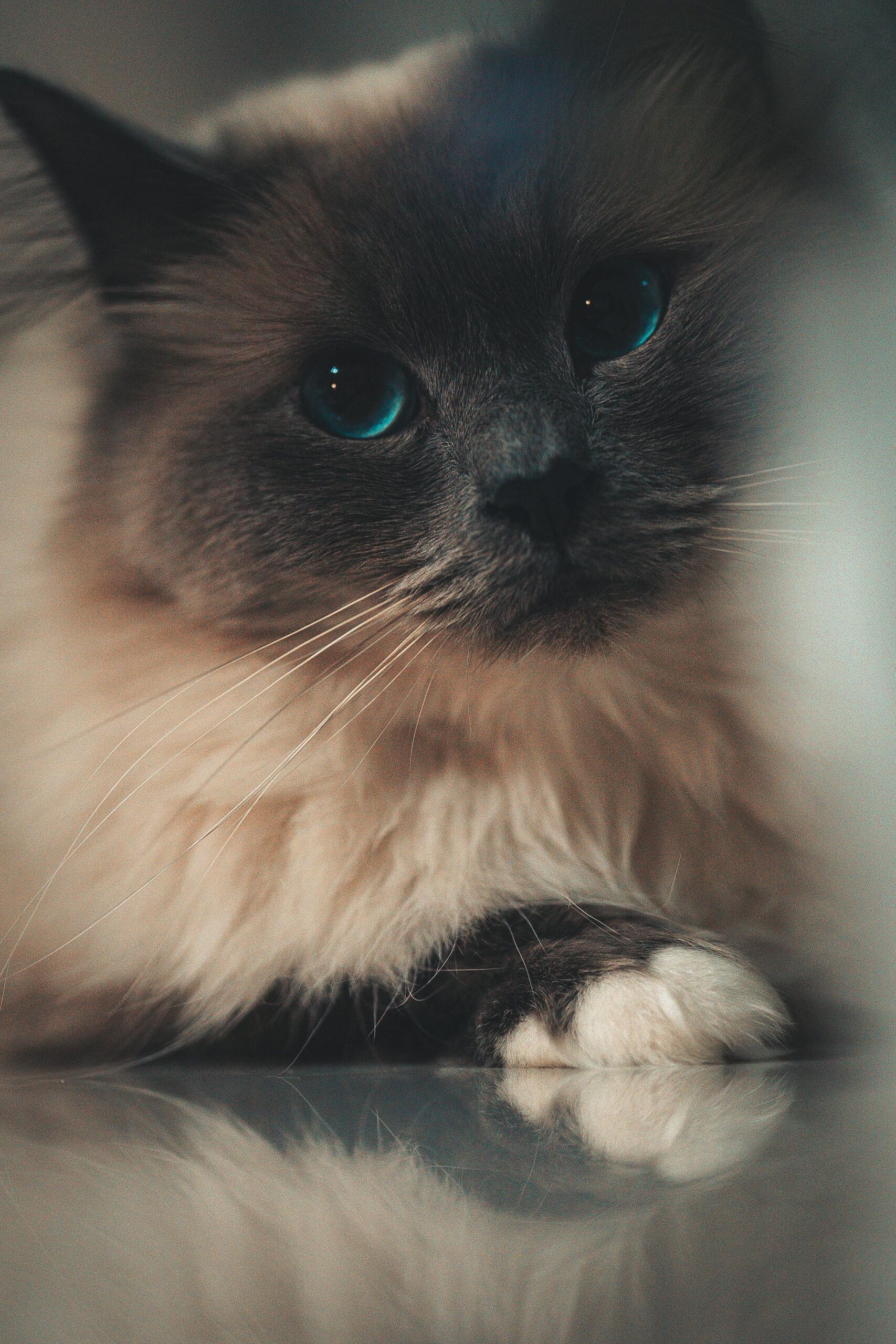
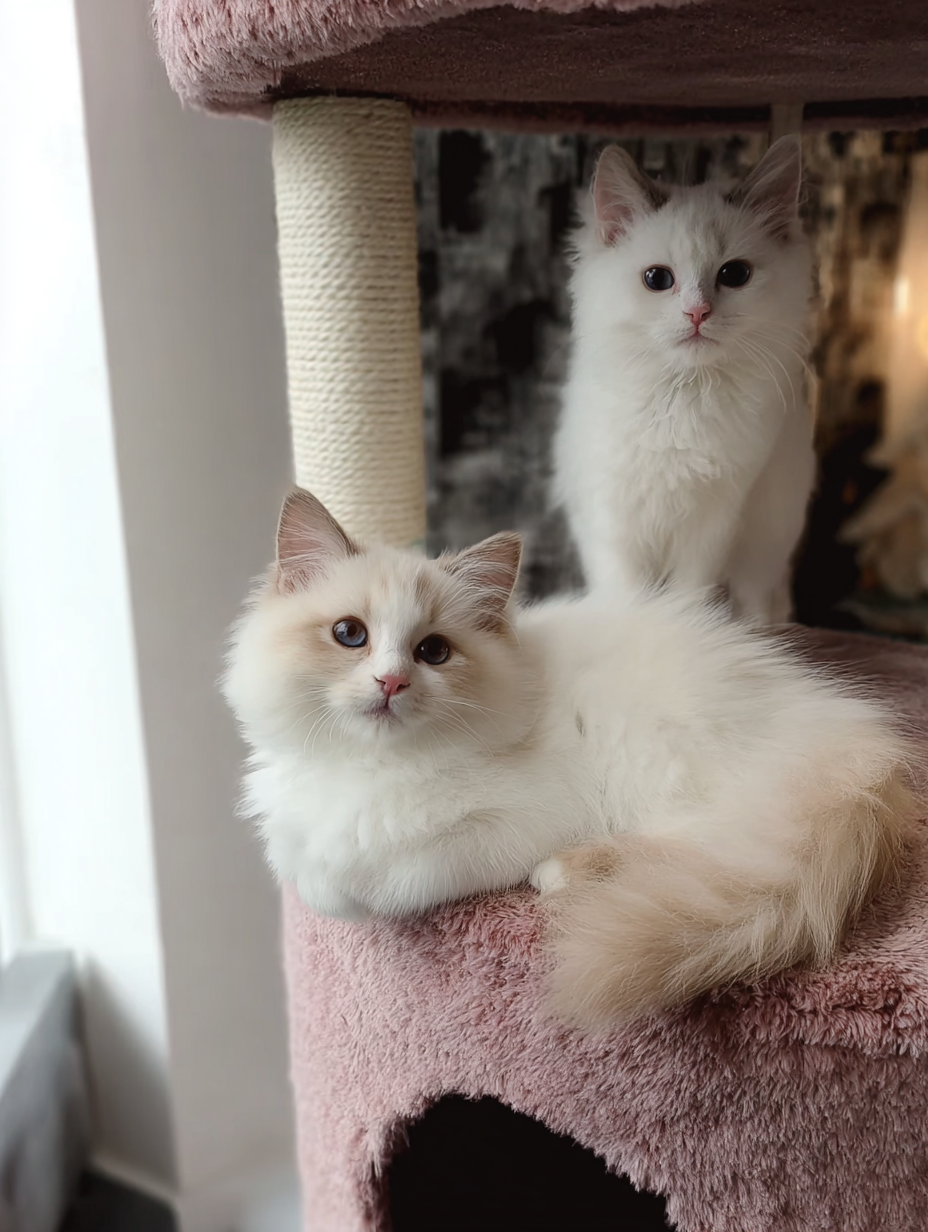
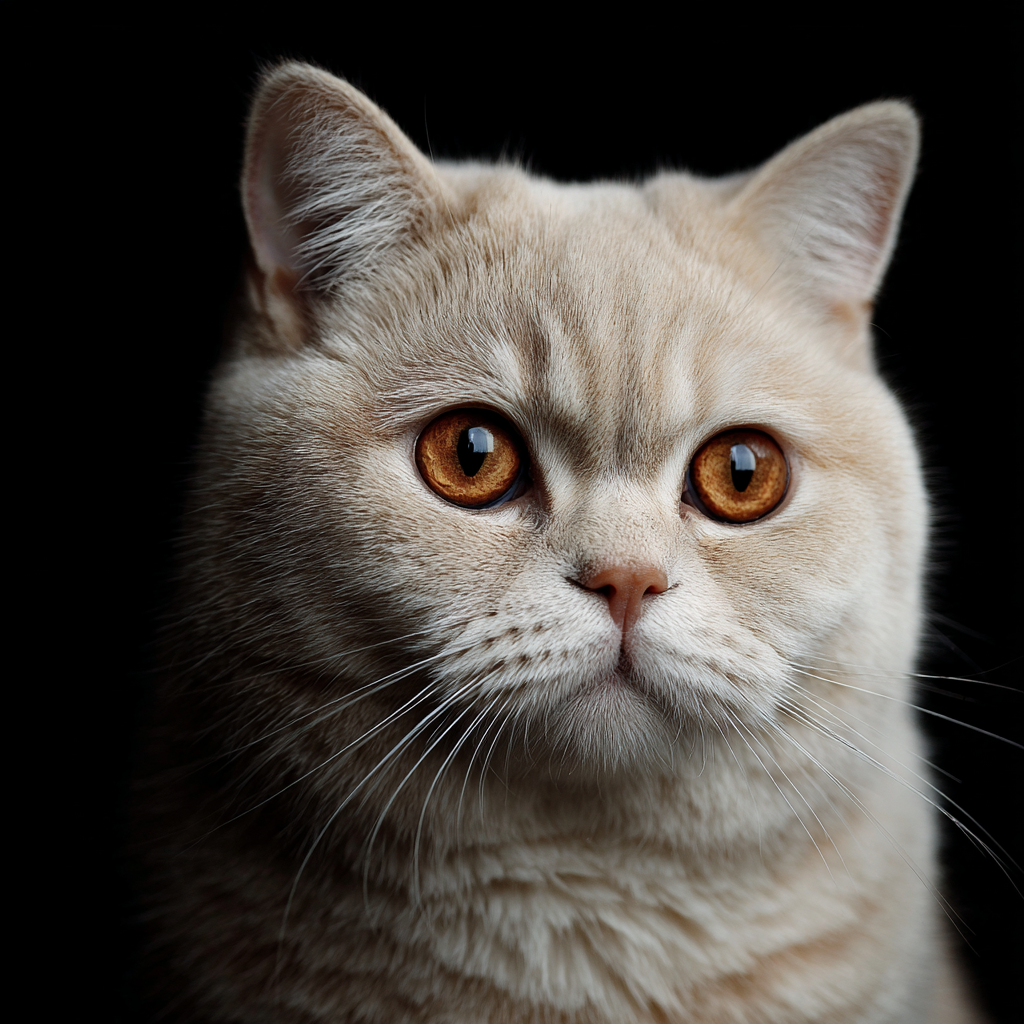
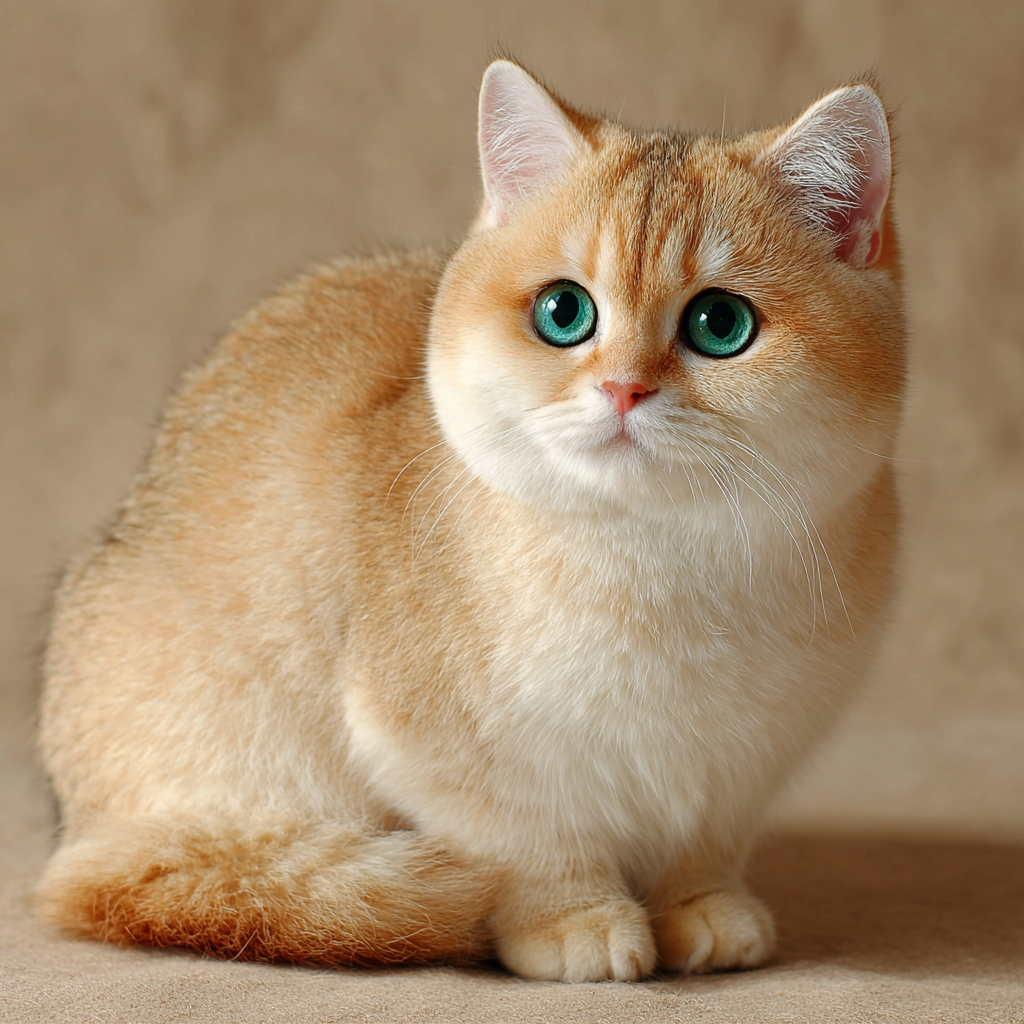
Read the Comments +